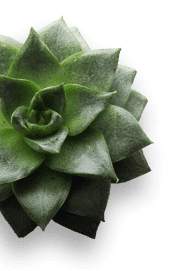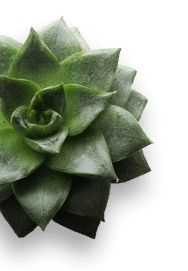If you’ve never setup a landing page before, or if you have one that’s not converting and aren’t sure why, then don’t worry. There is a lot of content out there on this subject and I’m going to outline a few baseline points you can use to evaluate your landing page(s).
Get Your Content Right
Headlines Are Important!
First evaluate if you have action driven statements, and if they convey some value for the visitor. People skim web pages and the headlines are the first piece of copy they’re going to read. When you think of headlines think front-page newspaper. Something short that grabs your attention and makes you want to keep reading.
A good headline pre-qualifies a visitor by giving them an idea of what to expect, which allows them to make a quick decision if this is for them or not.
Also, does your headline match the page the visitor just came from? No? Well it should. They most likely clicked a google ad, banner ad or some other link so that link name or headline in the ad should match the headline on your page. They have an expectation of what they’re going to see, so reassure them by giving them what they expect.
Don’t Forget The Sub Headings
I often see clients forget sub headings on the page which is a big mistake. The sub heading should reinforce the headline above it, and briefly describe the benefit of what you’re offering.
Your Body Copy Should Not Look Like One Large Paragraph
People reading on the web looking for answers are skimming pages. Break up your paragraphs and write a small heading that summarizes what that paragraph talks about. Look at how the paragraphs are broken up on this page. Can you quickly look at the headings and get a general idea of the content?
Images Should Match the Content
You would think this is a given, but there are plenty of landing pages that use the wrong imagery. I’ve seen images that don’t go with the headlines or the content. Just completely out of context, or people have used outdated images. Yikes! Please don’t use images from the 90s. Visitors can tell. Unless of course it goes with your product.
Keep Your Form High On The Page and in The Top Right
Tests have shown that contact forms produce better results if they’re placed on the right side of the page. You also need to be mindful that the form is seen as soon as a visitor lands on the page, so keep it up higher on the page.
Short or Long Contact Forms?
There really isn’t any statistics that show shorter forms are better, or longer forms are better. What it comes down to is the quality of leads you want to receive. Shorter forms tend to yield more leads, but possibly less qualified leads. Longer forms tend to yield less leads but more qualified leads.
What’s going to be the best form to put on your landing page? I don’t know. I can tell you that if you make it easy to fill out, only include what’s necessary, then it’s a good place to start. Honestly it’s something you’re going to have to test.
Remove Distractions, Remove The Navigation
In just about every test and every case study I’ve read, if the landing page has navigation and then it’s removed; the conversion rate automatically goes up. Think about it; you’re removing the option to go anywhere else, and you’re forcing the visitor into a decision. They can leave or fill out this form.
Fight the desire to add more, or give them links to videos, or more information pages. If you send them anywhere else you run the risk of them getting distracted, and you’re giving them too many options. You’re adding another decision they have to make because now they have to come back to your landing page. Just make it easy for them. Fill out this form, or leave.
Build A Responsive Landing Page
Don’t build a static page that doesn’t format well on tablet or mobile. What happens when someone directed to your landing page and they’re on a mobile device? Does it look bad? Do they have to pinch and zoom? Make it easy. Make it look good. Keep it simple.
Try Using Tokens Throughout Your Landing Page
A token is something that places a piece of content in specified areas of the page. For example, placing a visitors name in a headline, or in certain spots of the body copy, so as they read it then it feels more personal. This strategy is a lot more in-depth and requires more planning, but if done right can be very effective.
Test Your Page, and Test Again, and Again, and…
It’s a tall task to have the highest converting landing page the first time out the gate. A high conversion page is a result of A/B testing, tracking, looking at results, testing again and paying close attention to the results.
The first thing to remember is change one thing at a time. If you change more than one thing at a time, and conversion is effected, then how do you know which one of the two worked? Change a single photo, or change a headline, or change the offer, then evaluate your results. You’ll be surprised how much a headline or a single image can affect your conversion rates.
Don’t Ignore Your Page Once It Starts Converting
Ok, so you’ve tested your page, it’s converting the way you like, you allocated more advertising dollars to drive more traffic, now you can just sit back and let the leads roll in. Way to go, you’re done! Wrong! Don’t turn your back on it.
The bottom line is the economy changes, people change, and technology changes, businesses change. Nothing stays the same, so keep a close eye on your landing page results, and when the conversion rate starts to drop then start testing again.
Did this post leave you confused and overwhelmed about creating your own landing page? If you feel like you don’t know where to start then pick up the phone and give us a call. We’ve got you covered. (916) 749-1500









